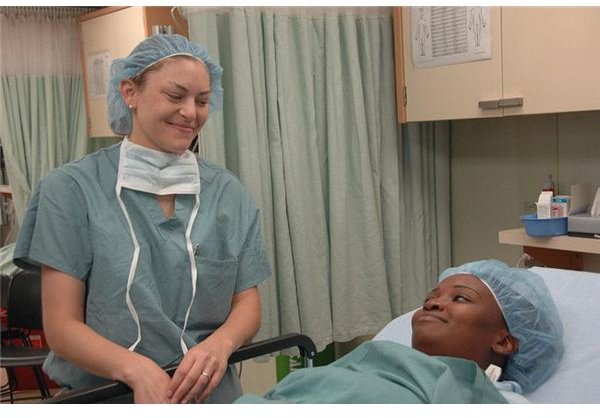Laparoscopic Unilateral Oophorectomy: An Insight on How and Why the Procedure is Performed
The ovaries are almond-shaped organs located on both sides of the uterus in the pelvis. They are responsible for the production of eggs that are released during ovulation. The ovaries also produce hormones that regulate the menstrual cycle and control the development of female characteristics, such as the breasts, body hair, and body shape.
In cases where an abscess, tumor or a cyst is found in the ovary, removal of this organ is required to prevent complications and the possibility of ovarian cancer. Oophorectomy is the surgical removal of one (unilateral) or both (bilateral) ovaries. This procedure is done through several methods:
- Laparotomy - open abdominal surgery
- Colpotomy - incisions at the top of the vagina
- Minilaparotomy - incision in the lower abdomen
- Laparoscopy - inserting tubes in the abdominal cavity after an incision is made
Among the methods performed during an oophorectomy, laparoscopy is commonly used, and it is also indicated for noncancerous conditions. Learn more about laparoscopic unilateral oophorectomy, and the reasons why this method is performed.
Unilateral Oophorectomy: Why it is Done

Unilateral oophorectomy is the removal of one ovary. This procedure is done ro remove an abscess, benign tumors, cysts, endometrial cancer tissues in the ovary, or to treat severe endometriosis. In some cases, oophorectomy is done alone. But most often, removal of an ovary is done as part of a surgery that involves the uterus (hysterectomy), a surgical procedure commonly performed in women that are in their menopause.
After unilateral oophorectomy, a woman can still become pregnant and the menstrual cycle can resume.
Most Commonly Used Method in Unilateral Oophorectomy
The surgical removal of an ovary is usually done through laparoscopy. Anesthesia is applied before this procedure is done. Afterwards, a Veress needle is used to inject carbon dioxide into the abdominal cavity. This gas causes to abdomen to inflate, as this serves to: 1) to allow visualization of the abdominal cavity during surgery; 2) to provide a work space, and; 3) to prevent or reduce complications.
One or two incisions are then made in the abdominal cavity, after which tubes are inserted. The surgeon inserts a slender and lighted instrument that looks like a telescope into the tubes, called trocars. This instrument is called a laparoscope, and it is necessary in order to view the abdominal cavity through a video screen while the surgery is performed. The surgeon also inserts small instruments alongside the laparoscope or through the other trocars to perform surgery.
Once the ovary is detached, it is cut into small pieces. The ovary may be removed in two ways - through the trocars, or by making a small incision at the top of the vagina.
In choosing the method in performing oophorectomy, the doctor considers the size and condition of the ovaries, previous abdominal surgeries undergone by the patient, as well as the presence of heart and lung disease. Most outpatients undergo laparoscopy, colpotomy and minilaparotomy, while laparotomy requires hospitalization of the patient.
Heavy bleeding may occur during surgery, and recovery from laparoscopic unilateral oophorectomy usually takes three to six weeks. However, a woman can still become pregnant and her menstrual cycle resumes even after this surgical procedure.
Resources
Oophorectomy, https://www.mdguidelines.com/oophorectomy
Oophorectomy (ovary removal surgery), https://www.mayoclinic.com/health/oophorectomy/MY00554/DSECTION=why-its-done
Photo Credit: Wikimedia Commons/suzanne88